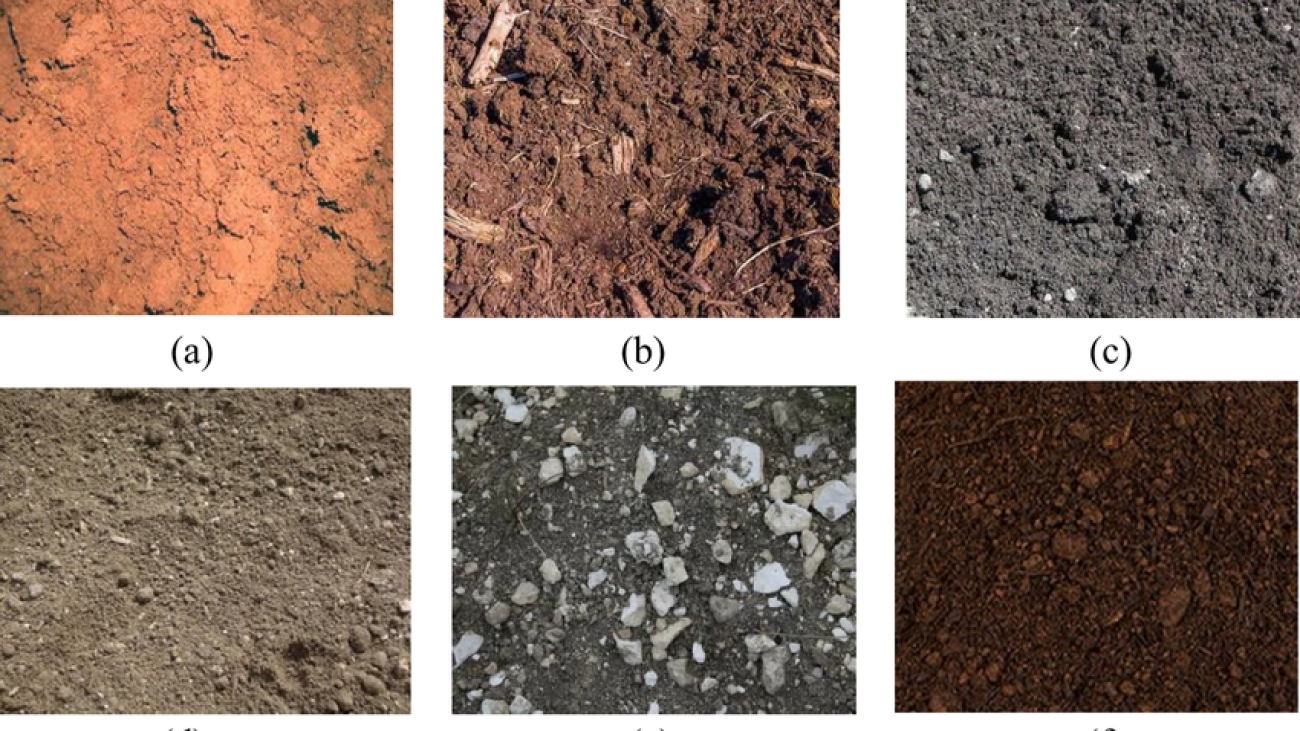Type D soil is a classification used in geotechnical engineering to describe soil that has specific characteristics affecting its stability and suitability for construction. In the context of the Unified Soil Classification System (USCS) and the Occupational Safety and Health Administration (OSHA) soil classifications, Type D soil refers to soils that have very low shear strength and are considered highly unstable. Here are some key points about Type D soil:
Characteristics of Type D Soil
- High Plasticity:
- Type D soils often have high plasticity, meaning they can undergo significant deformation without cracking or breaking. This is typically due to a high clay content.
- Low Shear Strength:
- These soils have low shear strength, making them prone to collapse or failure under load or when exposed to water.
- High Compressibility:
- Type D soils tend to be highly compressible, which means they can settle significantly when subjected to a load, leading to potential issues with differential settlement in structures.
- Poor Drainage:
- These soils often have poor drainage characteristics, meaning they retain water and can become easily saturated, leading to further stability issues.
- Expansion and Contraction:
- Some Type D soils, particularly those with high clay content, can expand when wet and contract when dry, causing issues with soil movement and affecting the stability of foundations.
Engineering Considerations
- Foundation Design:
- Special considerations are needed when designing foundations on Type D soil, such as using deep foundations (e.g., piles) to reach more stable soil layers or improving the soil through techniques like soil stabilization.
- Slope Stability:
- The low shear strength of Type D soils makes slopes highly unstable, requiring careful design and potentially reinforcement (e.g., retaining walls or soil nails) to prevent landslides or slope failures.
- Erosion Control:
- These soils are more susceptible to erosion, especially when exposed to running water. Erosion control measures such as vegetation, geotextiles, or retaining structures may be necessary.
- Water Management:
- Proper drainage systems are crucial to prevent water accumulation and maintain soil stability. This can include surface drainage solutions like swales and subsurface drainage systems like French drains.
Examples of Type D Soil
- Expansive clays, such as those found in certain regions with high montmorillonite content.
- Organic soils, which contain a significant amount of decomposed plant material and exhibit high compressibility and low shear strength.
Conclusion
Type D soil poses significant challenges for construction due to its instability and low strength characteristics. Engineering solutions must be carefully tailored to address these challenges, ensuring the safety and longevity of structures built on or near such soils.


[…] Type D Soil […]